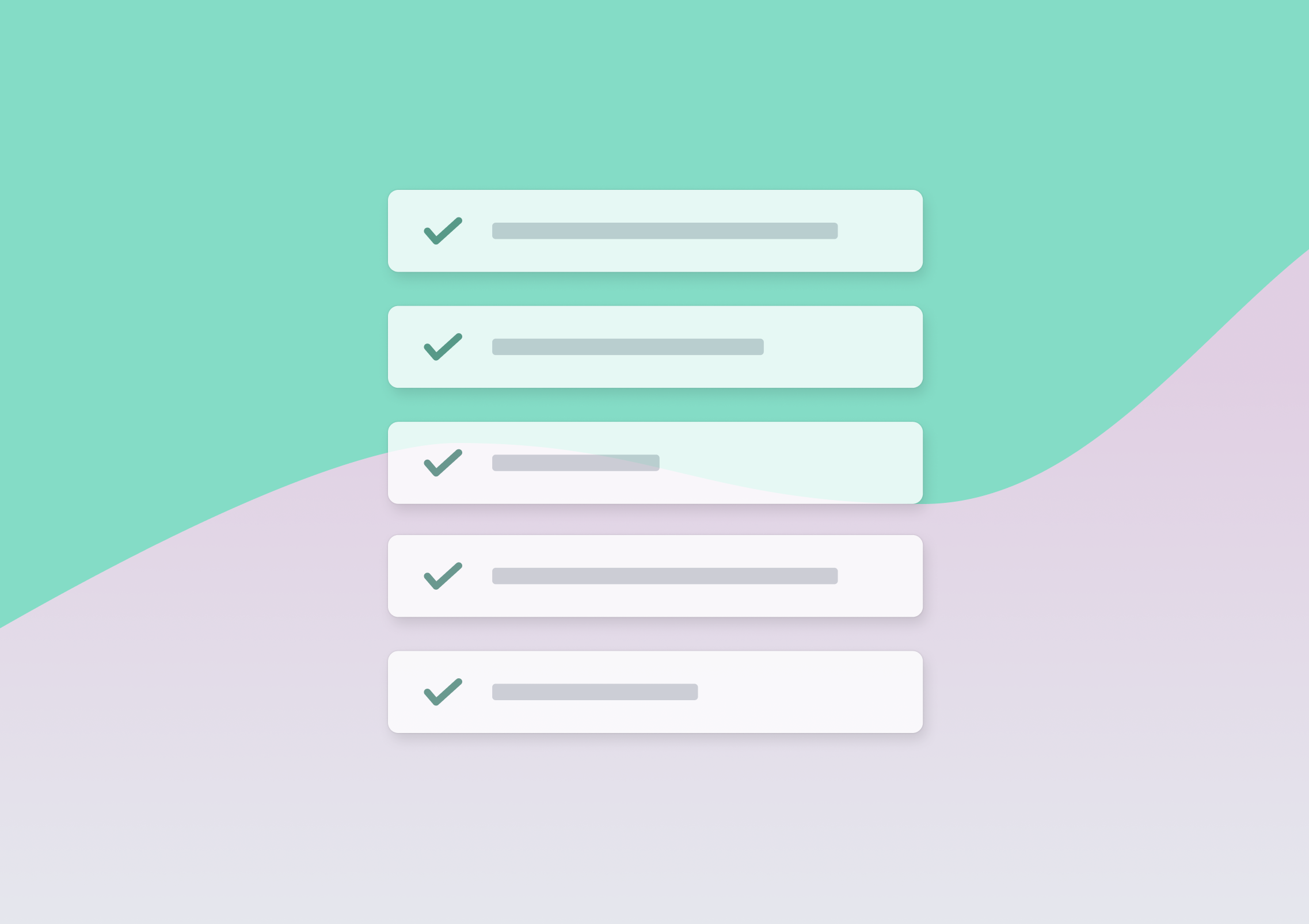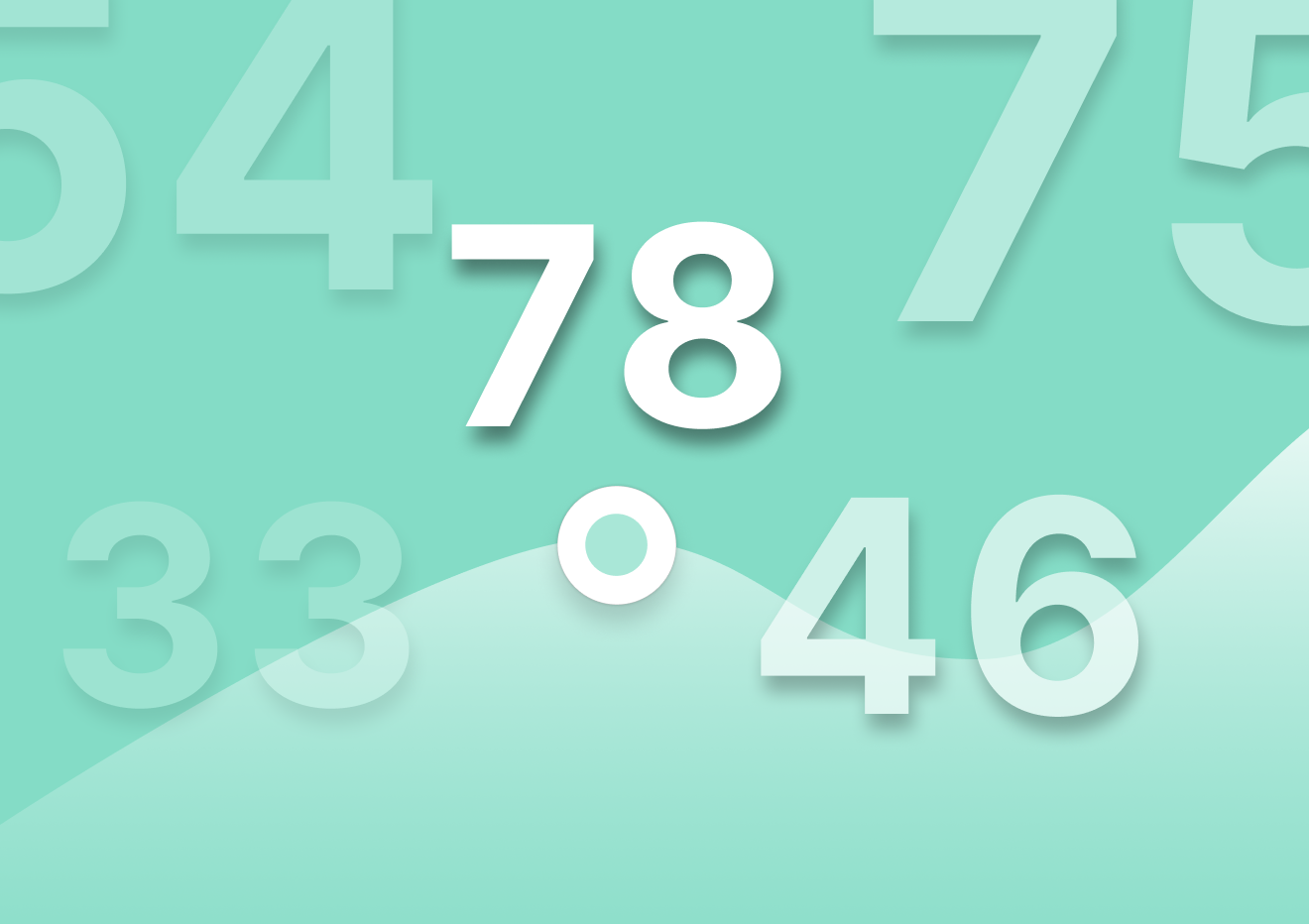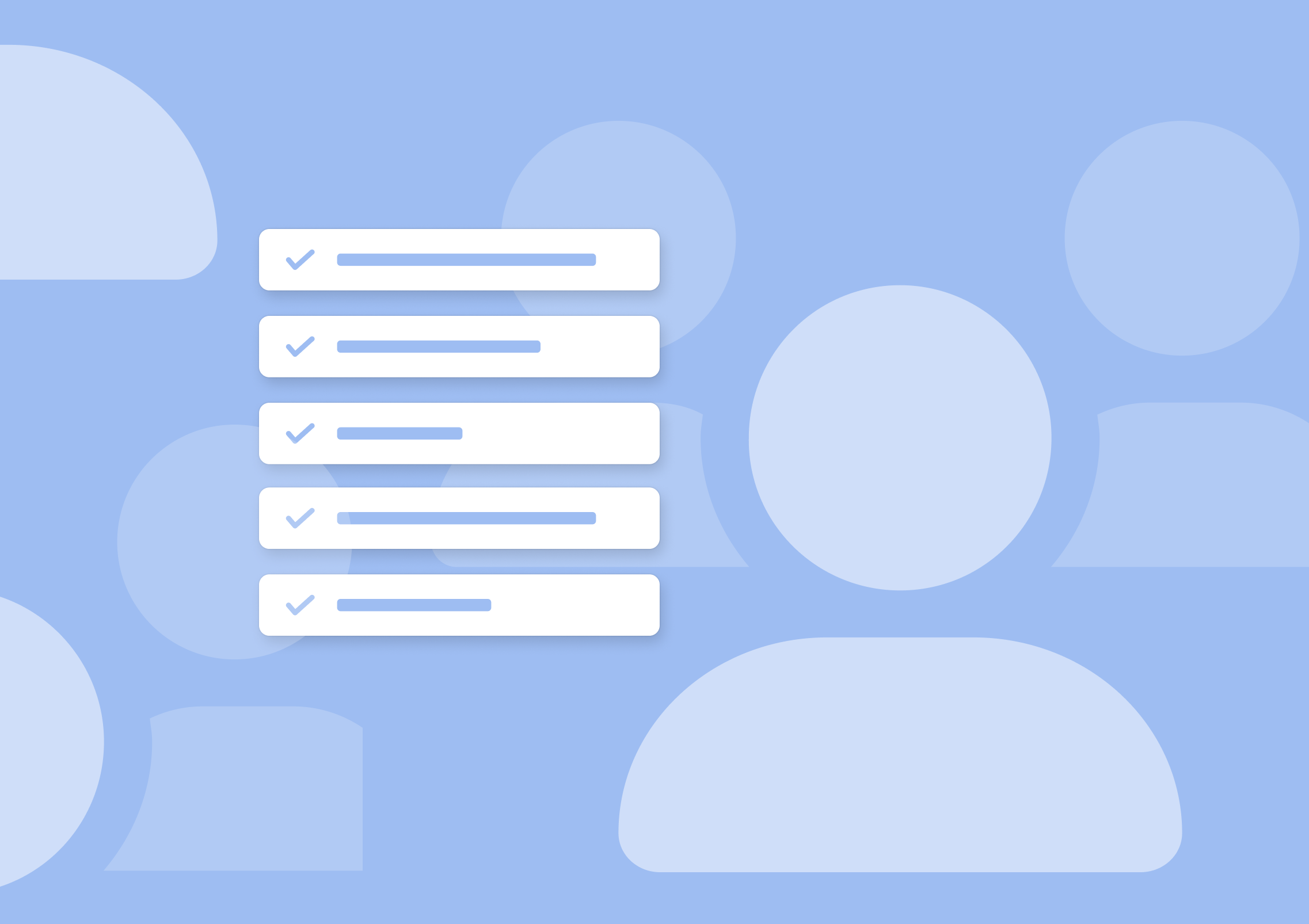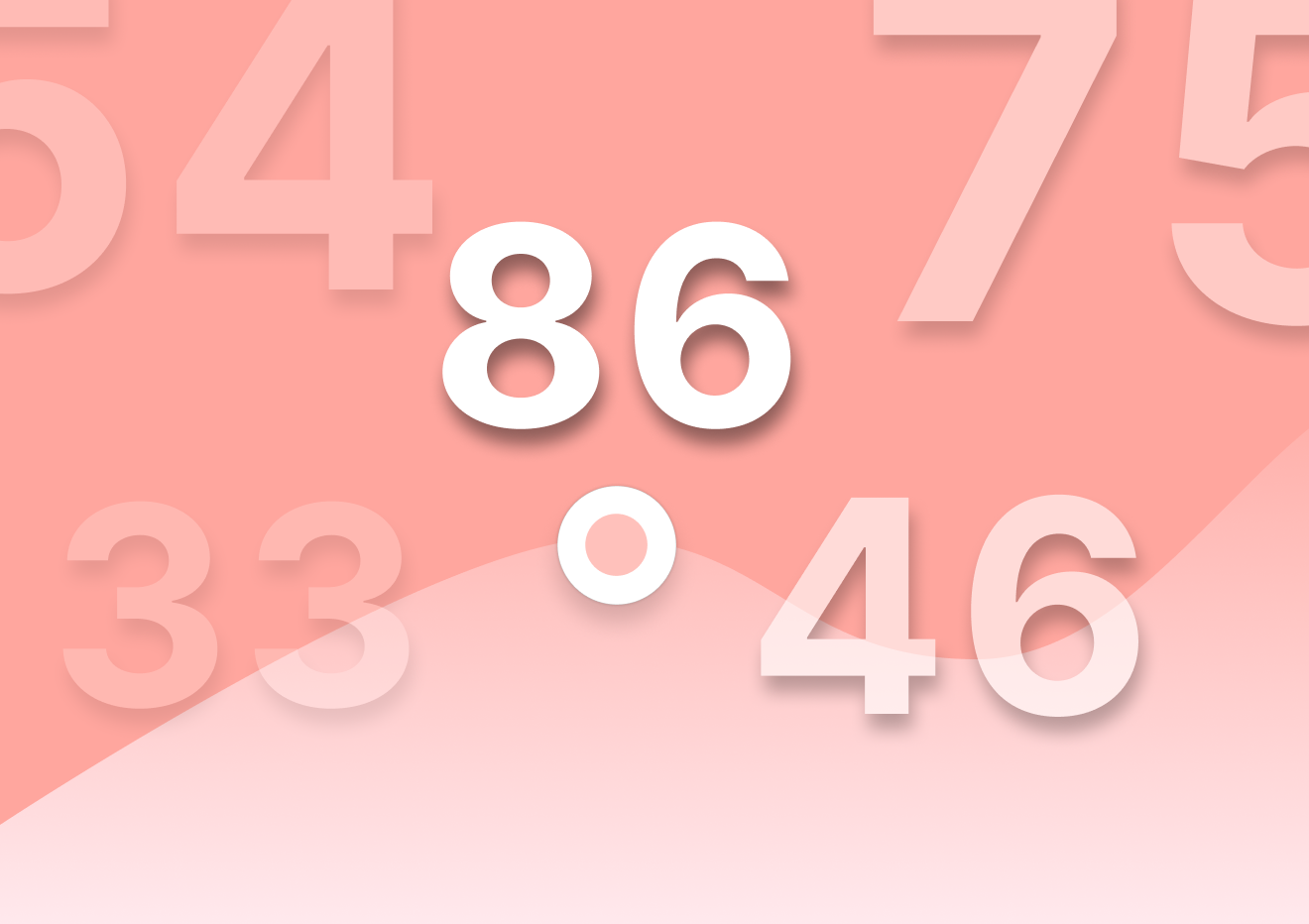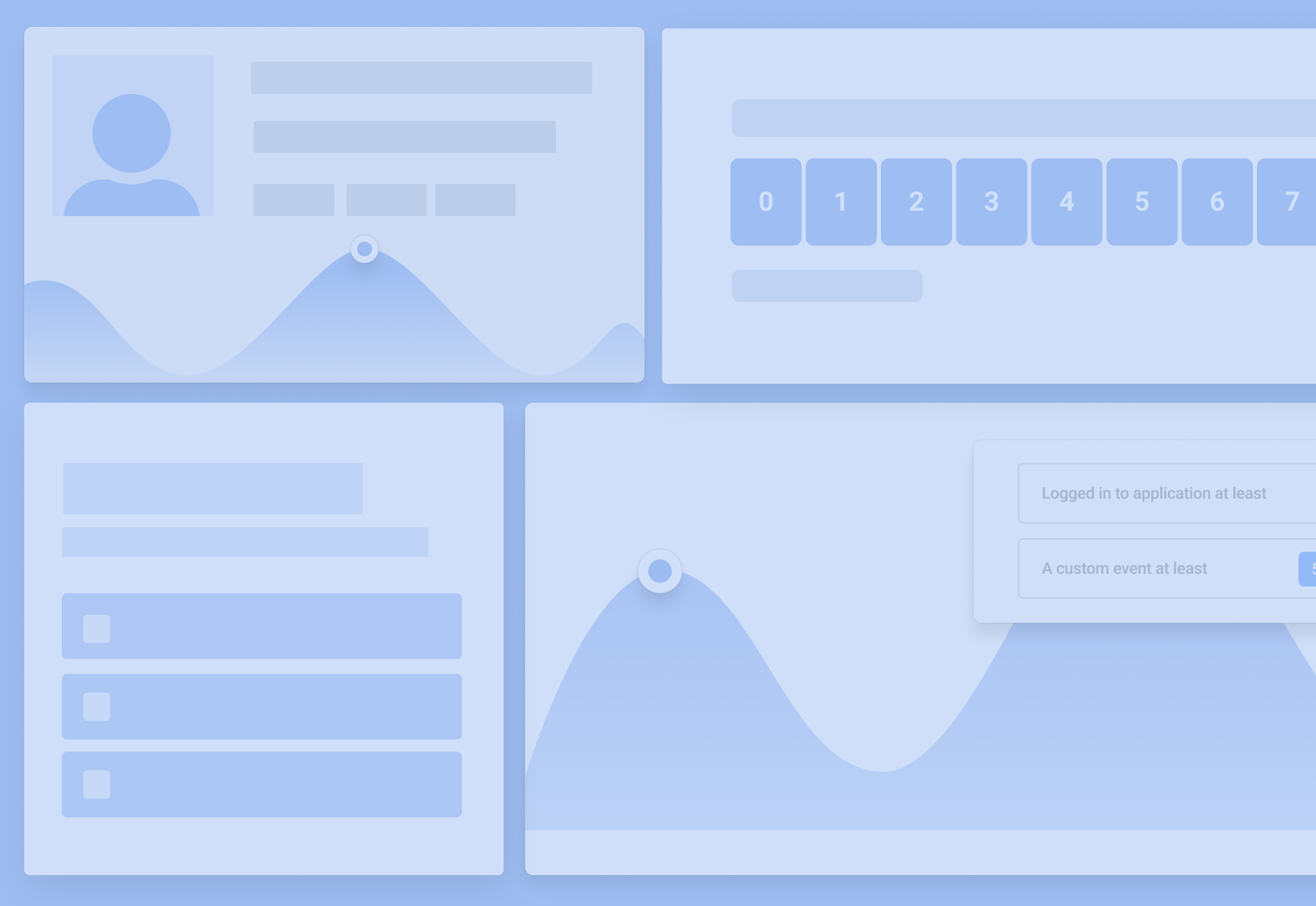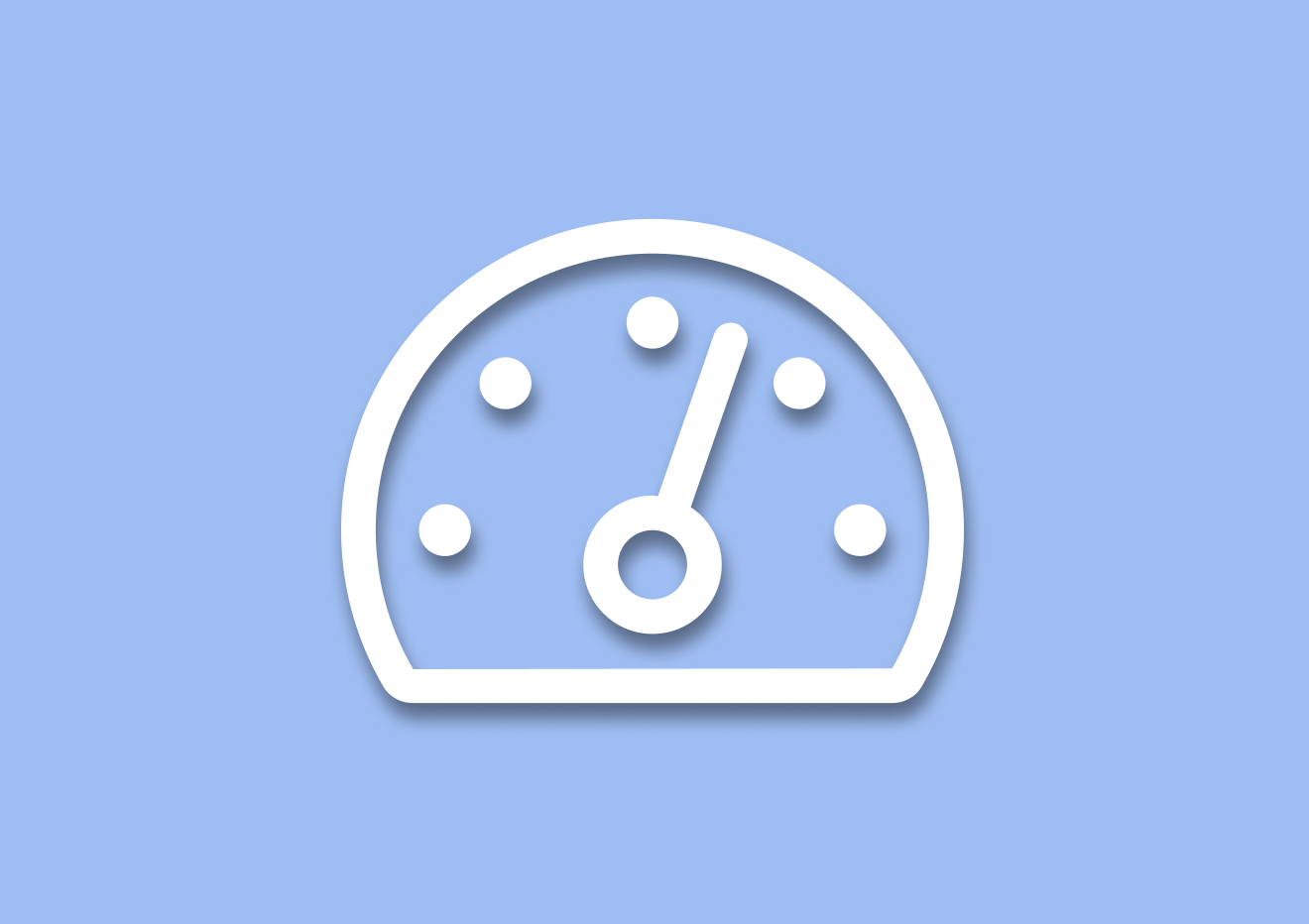6 Examples Of Transactional NPS Questions (And When To Use Them)
Have you started conducting NPS surveys lately? Wondering what transactional NPS questions to ask to generate the best insights?
There are so many different customer satisfaction surveys – CSAT, NPS, and CES, to name just the most popular ones. Yet, I notice most companies overlook most of them — even if the survey could help them get crucial customer feedback necessary for bettering the customer experience.
Take transactional NPS, for example. It’s not the same as the NPS survey you’d normally run (that’s a relationship NPS.) Yet, it can deliver equally incredible data to help your SaaS to grow.
In this article, you’ll learn everything about it. First, we’ll cover what transactional NPS is and how it is different from the relationship NPS. Plus, I’ll show you what transactional NPS questions to ask to get the best responses.
What is an NPS Survey?
Net promoter score (NPS – a registered trademark of Bain & Company, Inc.) survey is a customer survey used to measure customer loyalty and their likeliness of recommending your product or service to others.
Here’s how a typical NPS survey question looks:

“How likely are you to recommend us to a friend or colleague?”
To answer, the customer has to select a number between 0-10.
- The ones who choose between ‘0’ and ‘6’ are called Detractors. They won’t recommend your brand to anyone and will likely stop using your product or service if you don’t acknowledge and work to solve their problems.
- People giving ‘7’ or ‘8’ are called Passives. They like your product or service but do not love it enough to promote it to everyone.
- Finally, the ones selecting ‘9’ or ‘10‘ are Promoters. These people confirm their loyalty towards your brand and are likely to recommend it to anyone and everyone.

Based on the answers to the NPS question, your NPS software will measure the net promoter score. However, if you’d like to find the score manually, here’s the formula:
NPS = [(Number of promoters – Number of detractors) / (Total number of respondents)] x 100
The score can be between -100 (i.e., everyone’s a detractor) and +100 (i.e., everyone’s a promoter). Ideally, you want it to be 100, but realistically, above zero is good — it means you have more promoters than detractors. Similarly, NPS above 20 is favorable, above 50 is excellent, and above 80 is world-class.
(For more information, check out my guide to calculating and analyzing the NPS score.)
TIP: Always send a follow-up question to know the customer’s reason behind giving the score — it’s one of the NPS best practices.
The two types of NPS surveys
At the start of this article, I alluded to this: There is more than one type of NPS survey. You can use either a relationship survey or a transactional one.
1. Relationship NPS
When most people say “NPS,” they generally refer to the relationship NPS. This is a recurring NPS survey sent at a standard interval (quarterly, bi-annually, yearly) to get insights into the overall customer experience and loyalty.
The NPS example I shared earlier in this article (“How likely are you to recommend us to a friend or colleague?”) is a relationship NPS survey.
2. Transactional NPS
Transactional NPS surveys (or tNPS), on the other hand, are sent after specific interactions/transactions with your brand. For example, you can send tNPS after customer support chat, product purchase, a new/updated feature, product installation, etc.
The primary use of transactional NPS is to measure how the customer’s satisfaction and loyalty change after an interaction with your product or service. Plus, it helps you find the reason behind the changes in opinion and pinpoint key drivers of customer satisfaction.
Generally, businesses ignore it because either A) they are not aware of transactional NPS or B) they seem similar to CSAT surveys, and the ideal time to send tNPS is at about the same as that of CSAT surveys.
6 Examples Of Transactional NPS Questions
The transactional NPS questions depend on the types of interactions you have with your customers. For example, if you are an ecommerce business, a question about the delivery experience is natural.
However, because Refiner focuses on SaaS, I’ll use questions relevant to a typical SaaS company. (But of course, other types of businesses can use it as well.)
PRO TIP: In Refiner, you can create custom audience segments to catch users meeting specific criteria (i.e., new trial signups) and define triggers to launch the survey exactly when you need it.
For example, I set up this transactional NPS survey to trigger 10 days after a user has entered my target audience.
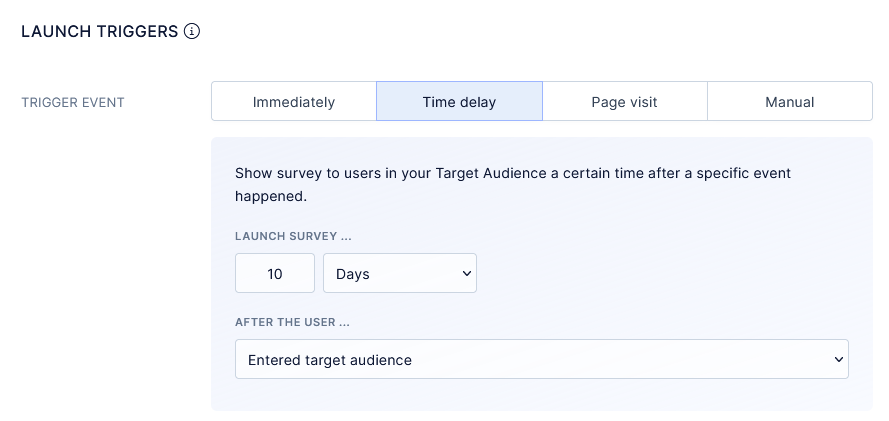
1. Transactional NPS question after sign up (to a free trial)
A lot can happen between a customer coming to your website to purchase and successfully registering. For example, the person might go through your products and plans list, look for the required features in each plan, order, choose their favorite payment method, etc. If they don’t like experience during the process, they’ll let you know by giving a lower-than-perfect score.
When to send: Send it alongside transaction email or show an in-app widget when they reach the dashboard.
The question: Based on your registration experience, how likely are you to recommend [Product/Service] to a friend or colleague?
2. Post-purchase transactional NPS question (once the free trial is over)
People can choose to continue with your product or service even though they don’t like it 100%. For example, if you sell email marketing software and someone collected a list of emails through your popups and created an email flow on your tool during the trial, they’ll likely stick with you to avoid starting from square one.
This transactional NPS will show you the actual customer sentiment behind not leaving you.
When to send: If you don’t give a free trial, send after a day or two of purchase. If they have already used the free trial, send it immediately.
The question: Thanks for staying with us! Based on your recent purchase, how likely are you to recommend our business to a friend or colleague?
3. Post plan upgrade transactional NPS question
Most SaaS products have some limitations on the lower-tier plans. Therefore, customers upgrade when they need more functionality. For example, Refiner’s $49/month Essential plan doesn’t have a Segment.com integration, but the $129/month Growth plan does.
This type of transactional NPS question will reveal how happy the customers are with the upgrade.
When to send: A couple of days after they’ve experienced the benefits of upgrading.
The question: Thanks for upgrading – we’re glad you like [Product]. Based on your experience, how likely are you to recommend [Product]’s [Plan]?
4. Transactional NPS question for after product installation
Installing a product can be hectic for customers. For example, customers can face errors while installing your plugin or find it difficult to install because you don’t have a proper guide in your docs/knowledge base.
Know the truth from the customer’s perspective with this type of question post-installation.
When to send: Once they install your plugin on their site, set up the API, or something like that.
The question: Based on your experience installing [product], how likely are you to recommend our business to a friend or colleague?
5. Transactional NPS question after a customer support interaction
CSAT survey can also help you learn more about the customer’s experience with your customer support. The transactional NPS question will show you the impact of the interaction on customer’s likeliness to stick with your brand. After all, 96% of Americans use customer service as a factor in deciding whether or not to do business with a company.
When to send: Immediately after the ticket is solved or the chat session is over.
The question: Based on your recent Interaction with [support staff member], how likely are you to recommend our business to a friend or colleague?
6. Transactional NPS question after product or service update
Adding new features, fixing bugs, changing interface…all can change users’ minds about your product. For example, YouTube recently changed the UI for changing video quality on the mobile app. People didn’t like it and raged on Twitter.
Your users likely won’t share their emotions on Twitter (because, let’s face it, we all have competitors customers will move to if we don’t deliver; YouTube kind of doesn’t). So send this transactional NPS survey to know their thoughts on the product upgrade.
When to send: Immediately after the customer uses the latest upgrade/feature.
The question: We see you tested the new [Feature/upgrade]. Based on your experience, how likely are you to recommend our updated product or service to a friend or colleague?
Conclusion
Asking proper transactional NPS questions will help you gather relevant information to increase customer loyalty. Not only that, it will help you create the ideal customer journey for future users.
Hopefully, the questions I shared will serve as a great base for your upcoming tNPS surveys. If the list didn’t have the questions for your business, use this format (you might have guessed it by now): “Based on your [Specific Interaction/Transaction], how likely are you to recommend [Product/Service] to a [Potential Customer They Know]?”
Good luck!
Try Refiner for free! Track customer satisfaction and turn your SaaS into an automated growth machine.

